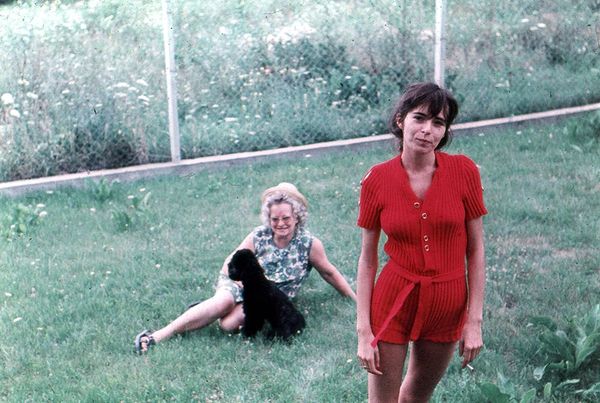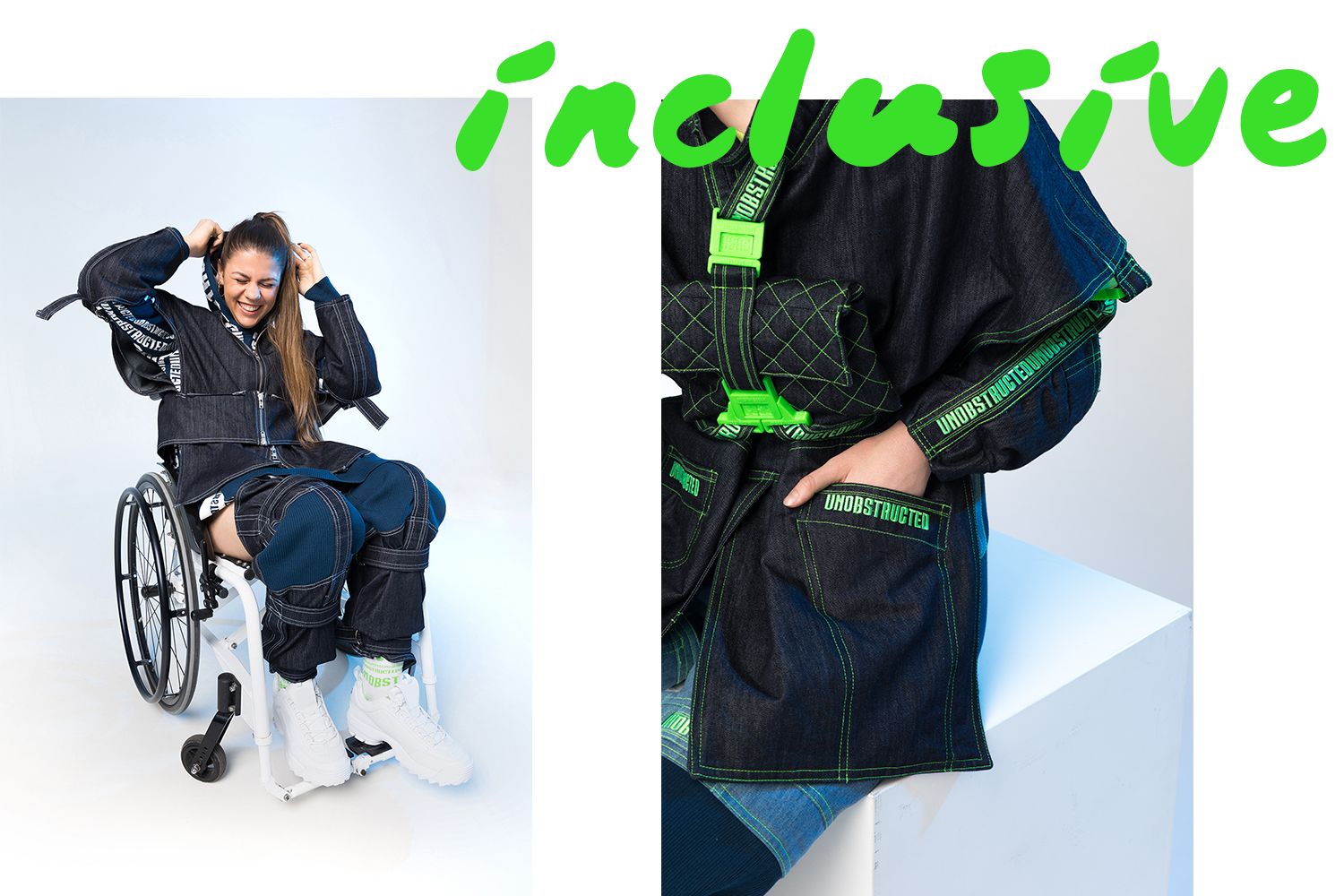Daring, bold and characteristic, but these aren’t really the things that make it truly special. The fashion industry is slowly adjusting to social diversity and our manifold needs. It’s hard to find clothing suitable for people with physical disabilities, in wheelchairs. In spite of the moderate shift that can be seen, there is still a long road ahead. In addition to being cutting-edge and comfortable, the Unobstructed collection provides suitable everyday attire for people with physical disabilities. We interviewed stylist and textile designer Lili Pázmány about accessible fashion and the story of the Unobstructed clothing collection.
If I’m correct, the Unobstructed collection was inspired by a personal concern.
Yes, my mother has sclerosis multiplex, she is physically disabled: she has been in a wheelchair for more than five years, this is why I know how much of a challenge putting clothes on and taking them off means to her, and how important the comfort of the pieces is due to the sitting position. I designed the first accessible attire more than two years ago. This more elegant attire combination could be seen at the Normcore exhibition. After I saw how much help properly designed clothes mean to her, I got enthusiastic and continued my research. The problem is not unique, there is an absolute need for accessible clothes that also follow contemporary fashion.
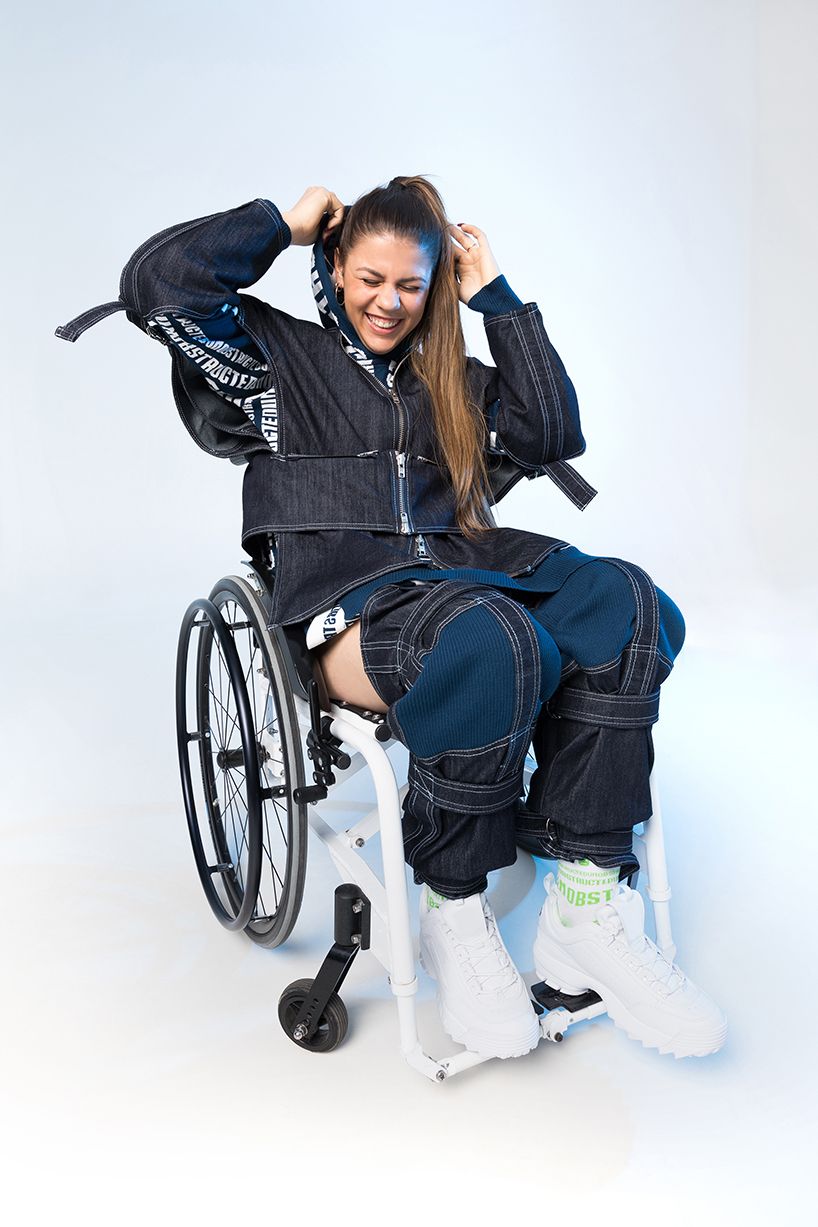
Your clothing collection Unobstructed has a back story, as you mentioned. Why did you also reimagine the more elegant and sophisticated pieces showcased at the Normcore exhibition in street wear style, too?
While I designed the collection, I worked as a stylist in Berlin. It was interesting to observe that the functional line of many German brands (e.g. work uniforms) were integrated into the urban wear fashion there. I continuously drew and observed the clothes where they enhanced the aesthetic function with practical solutions. This way, the urban wearfashion of Berlin meant a great source of inspiration for the visual world of my diploma project.
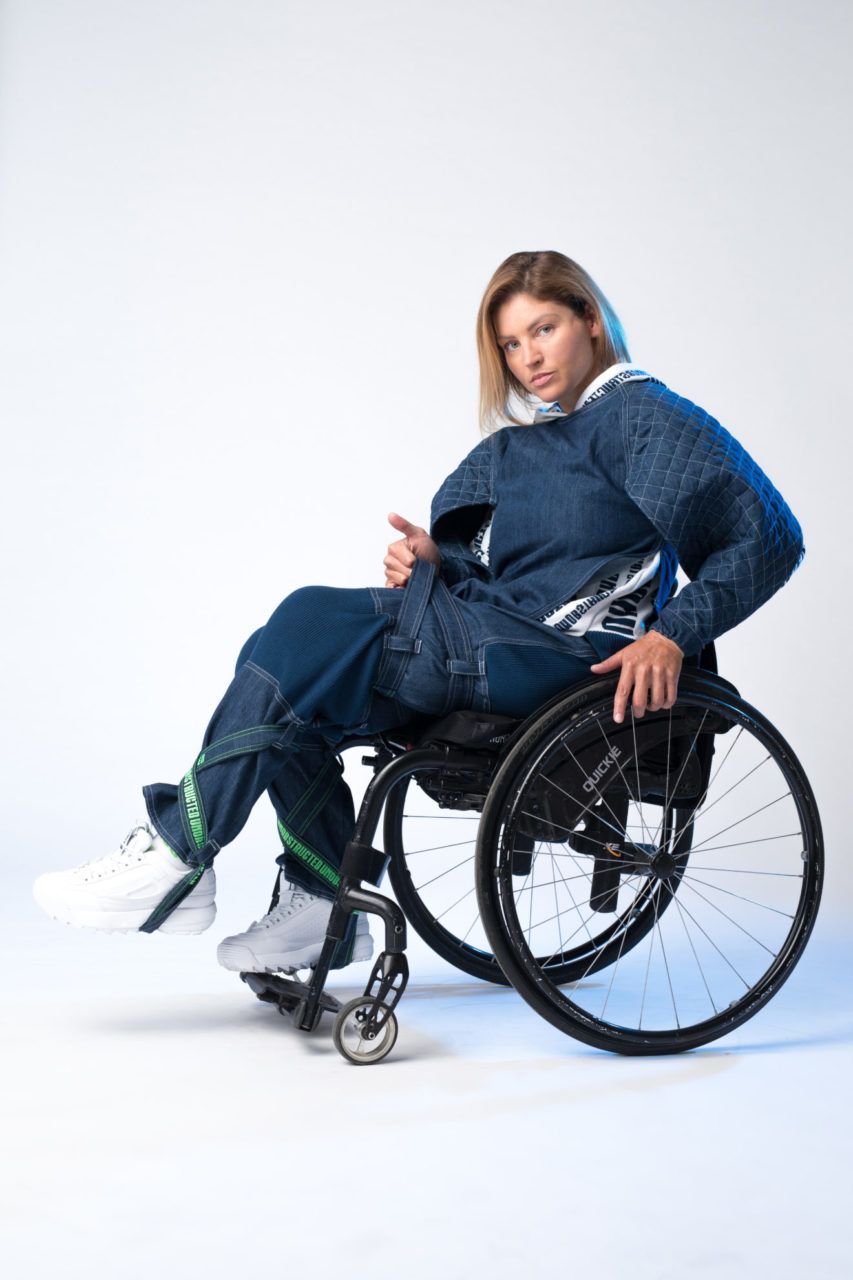
The collection consists of five different looks that can be combined in different ways. Exactly what special needs did you have to consider, what functions do the different solutions fulfil? Did this only influence formal design or your use of materials, too?
It turned out during my research that the biggest problem comes from the difficulty of putting on and taking off clothing pieces (also aggravated by closing elements of clothes), and the discomfort resulting from the sitting position. The fashion industry specialized in mass production designs for a standing figure, and does not consider the special needs of the physically disabled. The pieces of my collection showcase different solutions for these problems. The designs of my collection have been created specifically for a sitting position. This way, the coats and sweaters are long in the front and shorter in the back, so the person wearing them is not bothered by the back of the item bunched up, and putting them on and taking them off is also easier.
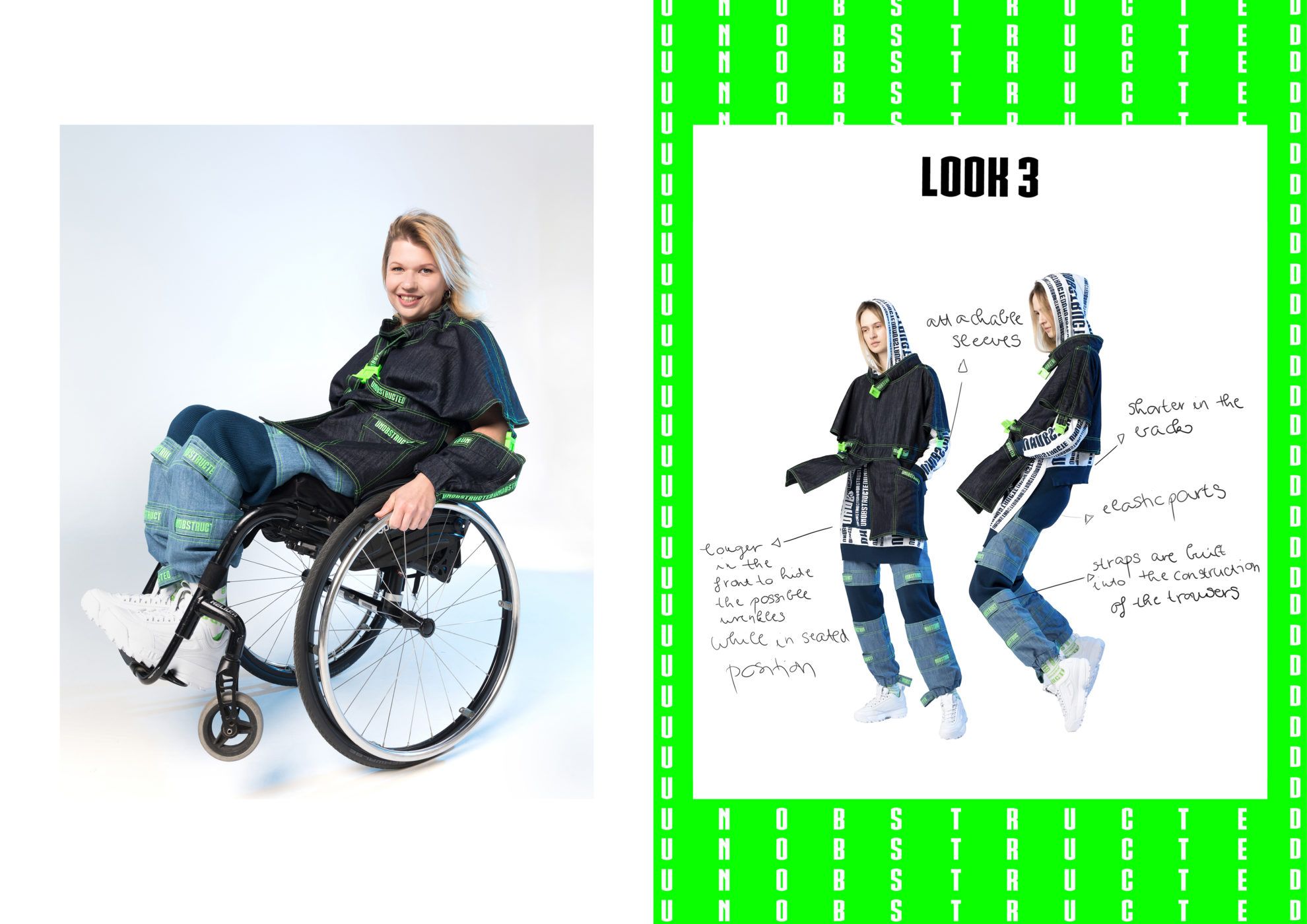
While researching special needs, I had the idea that devices facilitating movement and dressing should be incorporated into the clothes. I experimented with a system of straps, which allow for the movement of limbs. The target group of the collection are physically disabled people, specifically with reduced mobility in their lower limbs. To this end, I incorporated the elements facilitating the movement of the limbs (legs, in my case) into the pants.
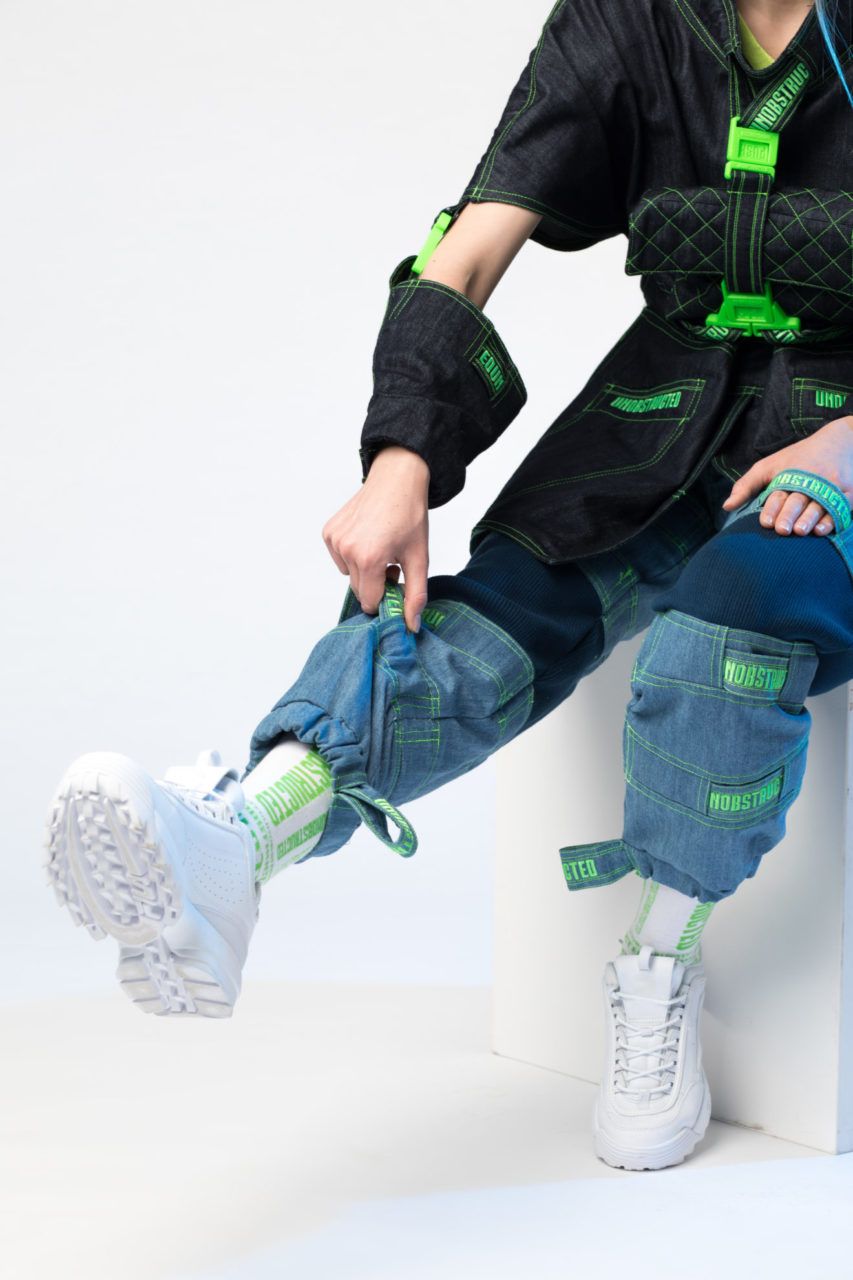
The function of the clothes also influenced the choice of materials. Most of the pieces of my collection are made of denim, which feels good against our skin. I also designed the straps facilitating movement from this fabric. These were made more resistant by the needlework and the adhesive interlinings. However, on the parts where the body bends, I used elastic materials to increase comfort.
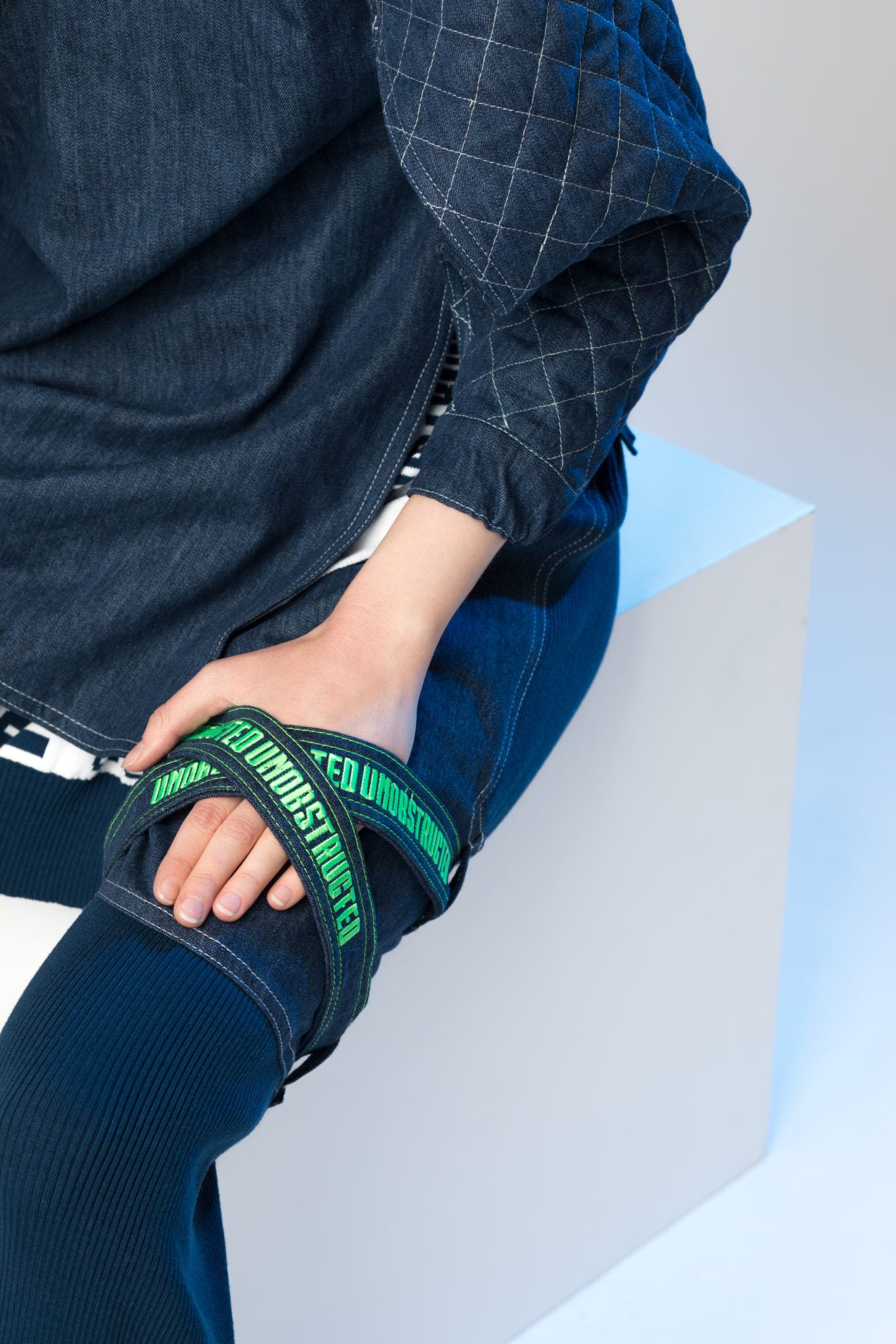
To further enhance the authenticity of your collection, the models on your campaign photos are people in wheelchairs, too.
The photos display models who use wheelchairs, who are active and inspiring: Paralympic champions, influencers. One of my models is fencer Amarilla Veres, while Katalin Eszter Varga is a kayaker. The photos also include influencer Marietta Laura Varga and beauty queen Angéla Parti. And last, but not least, my mother, Gabriella Pázmány, who works as an art teacher. They are all wonderful people, who live a dynamic life in spite of their physical barriers.
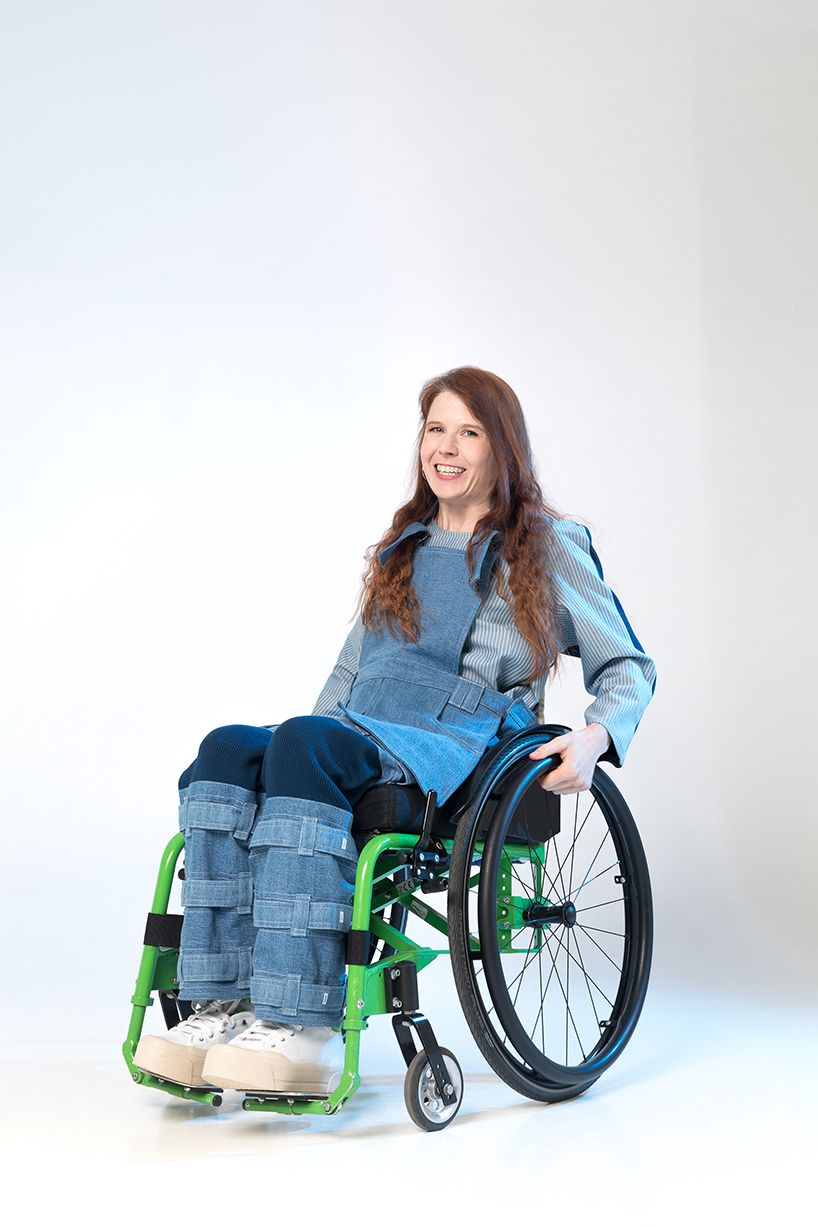
Your clothing items can also be worn by people without disabilities, despite being primarily designed for the disabled. Have you received any inquiries of this kind?
I receive inquiries continuously, both by people with and without disabilities that they would like to wear the clothes. My mother and some close friends to whom I gave them as presents already wear the items of the collection, and, by the way, I’m also happy to wear them any time.
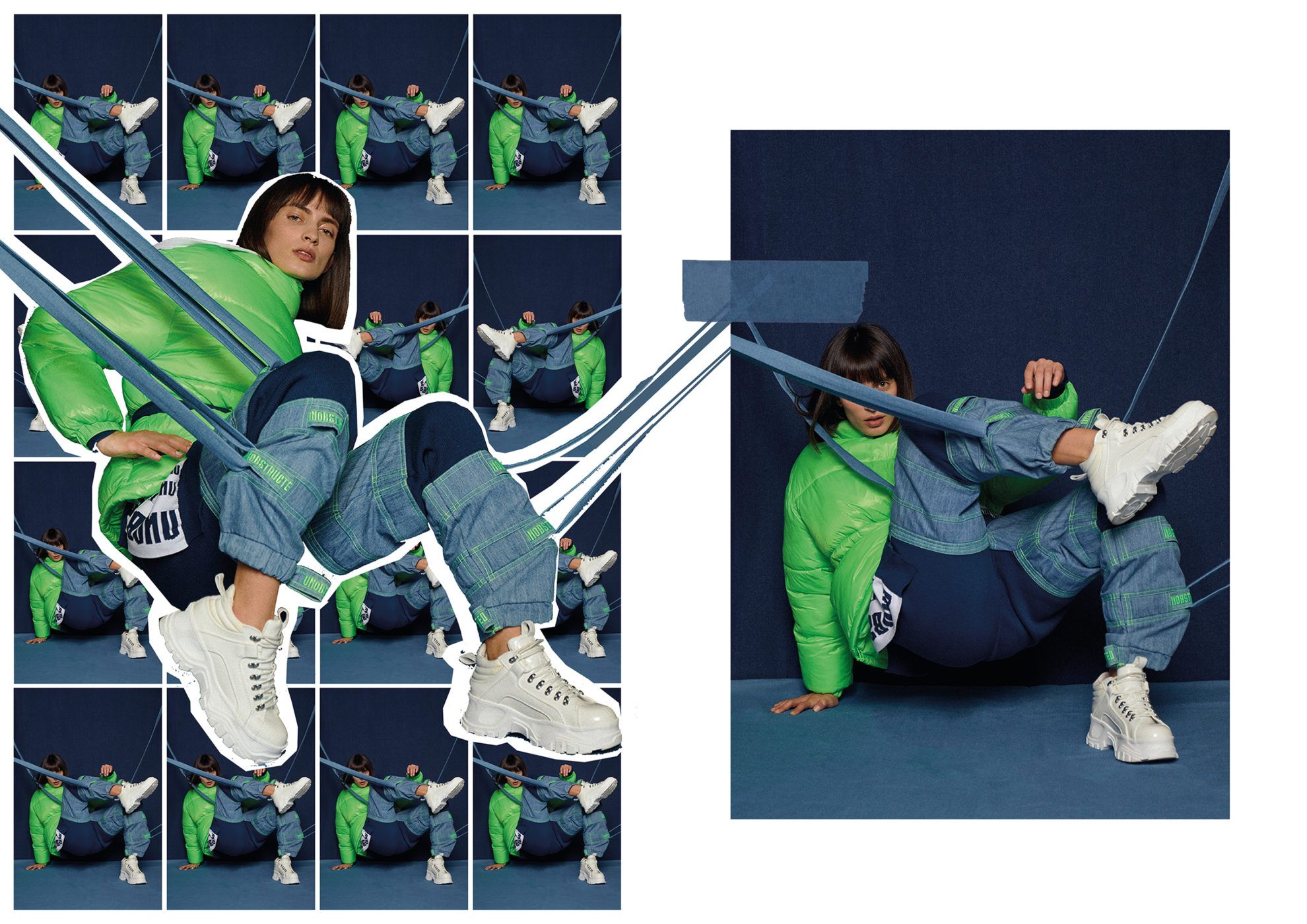
According to my plans, the clothes and their further developed versions will soon be available for preorder, this is how the collection will be accessible for everyone. I think the accessible collection can show a new path in the diversification of fashion trends.
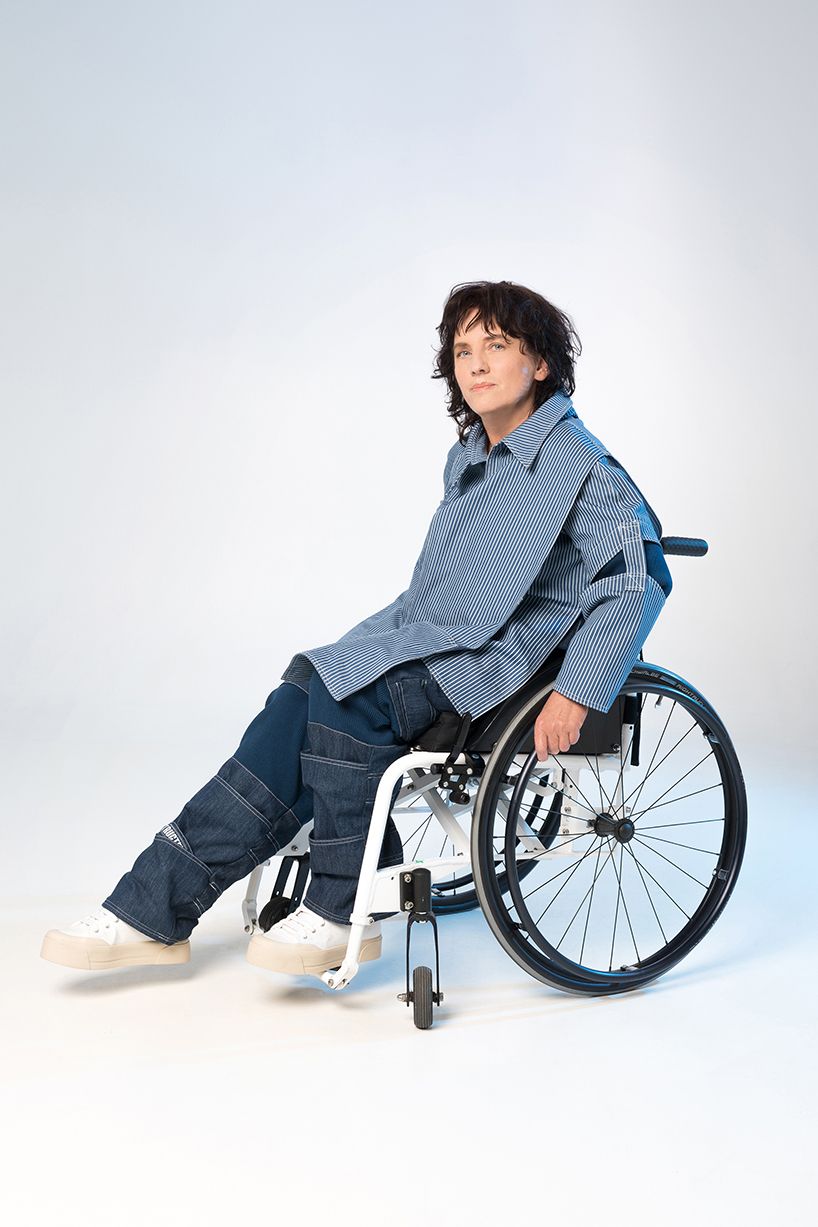
You would like to further develop your collection. In what direction do you wish to develop it and what are your plans for the near future?
On the one hand, I am currently working on how these strap systems facilitating movement could be used in formal wear. I would like to gain as much experience as possible from fashion companies who design with a functional or inclusive design approach. By finding the right sources, I would like to expand this line of accessible clothes. As I have mentioned, the different pieces will soon be available for preorder, so customers will be able to purchase them in a customized manner.
Follow the story of Unobstructed on Instagram:
Unobstructed | Instagram
The INCLUSIVE article series is created in collaboration with MOME Transfer lab., the workshop of Moholy-Nagy University of Art and Design, which aims to call attention to the role of design in shaping our society.
MOME Transfer lab. (2012-2019) is an interdisciplinary research, creative and educational platform. It initiates activities along the passages and links between the different fields that promote the social visibility of people with disabilities and their self-determination through the means of inclusive design. The lab is a significant node of design promoting equal opportunities in Hungary.
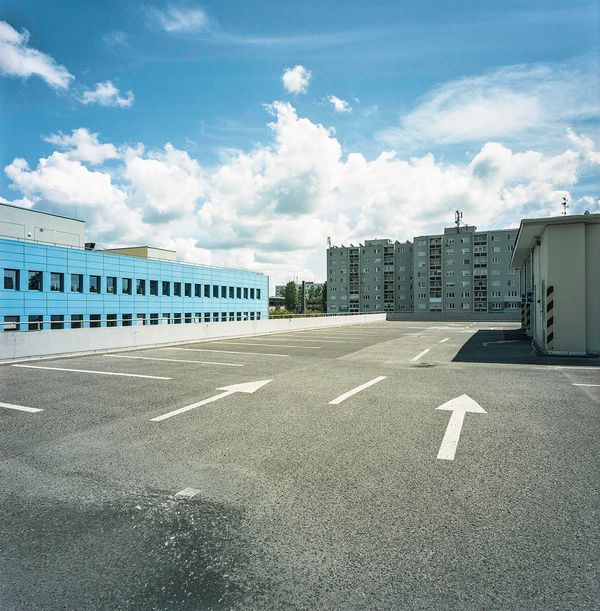
Negative space

Archition | architectural visuals with a twist
